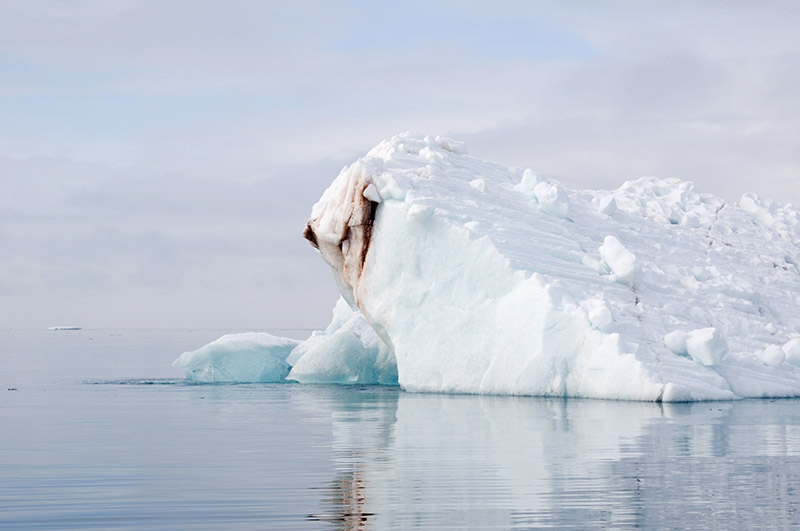BIOACID II – Consortium 4: Effects of Ocean Acidification in a Warming Climate on Species Interactions at Distribution Boundaries: Mechanisms and Consequences at Ecosystem Level
Lead Proponent: Dr. Felix Christopher Mark (AWI, Bremerhaven)
Organisms in the polar regions are expected to be most affected by ocean acidification: The cold water can take up more carbon dioxide from the atmosphere than the water in warmer regions. Even in colder body fluids, the solubility of CO2 is higher. At the same time, species adaped to a colder habitat are more sensitive to the temperature rise as a species from temperate latitudes.
In view of these facts, consortium 4 investigates, how the North Atlantic Stock of Atlantic cod Gadus morhua and the Polar cod Boreogadus saida coexist in Arctic waters over their life cycles. Since the Atlantic cod moved northwards and shifted its spawning grounds northwards as an reaction to rising temperatures and juveniles became common in the region of Spitsbergen, a strong competition developed between by the Atlantic and the Polar cod. The latter, as the dominant species of the region, is currently playing a key role in the Arctic food web. The competition between the two species is also influenced by the availability of food – they feed on planktonic organisms that might respond to climate change much earlier than the fish themselves.
Colder waters of the Arctic and Antarctic can take up more carbon dioxide from the atmosphere. Photo: Maike Nicolai, GEOMAR
Some research results shed light on the impact of rising water temperatures on the distribution and physiology of the two competing species. But the knowledge about whether or not their development or their behavior is influenced by hypercapnia, increased carbon dioxide levels in the blood, is small. Assuming that the two species respond differently to warming and ocean acidification, and are threatened of hypercapnia to varying degrees, consortium 4 aims to determine how the competition between Atlantic and Polar cod will develop in the various stages of life.The strength of the consortium lies in its integrative approach across levels of biological organization, from the genome to the ecosystem. For various laboratory experiments, larvae and juveniles are cultivated in the laboratory, in the wild and in aquaculture, some fish are caught in the sea as well. Measurements and analyses are to show to what extent the two species can adapt to warmer water temperatures and at elevated CO2 concentrations and whether fitness and body functions are influenced. In comparison on the various life stages, the most sensitive phase shall be identified. Furthermore, it is examined how these factors are affected by food quality and availability.
